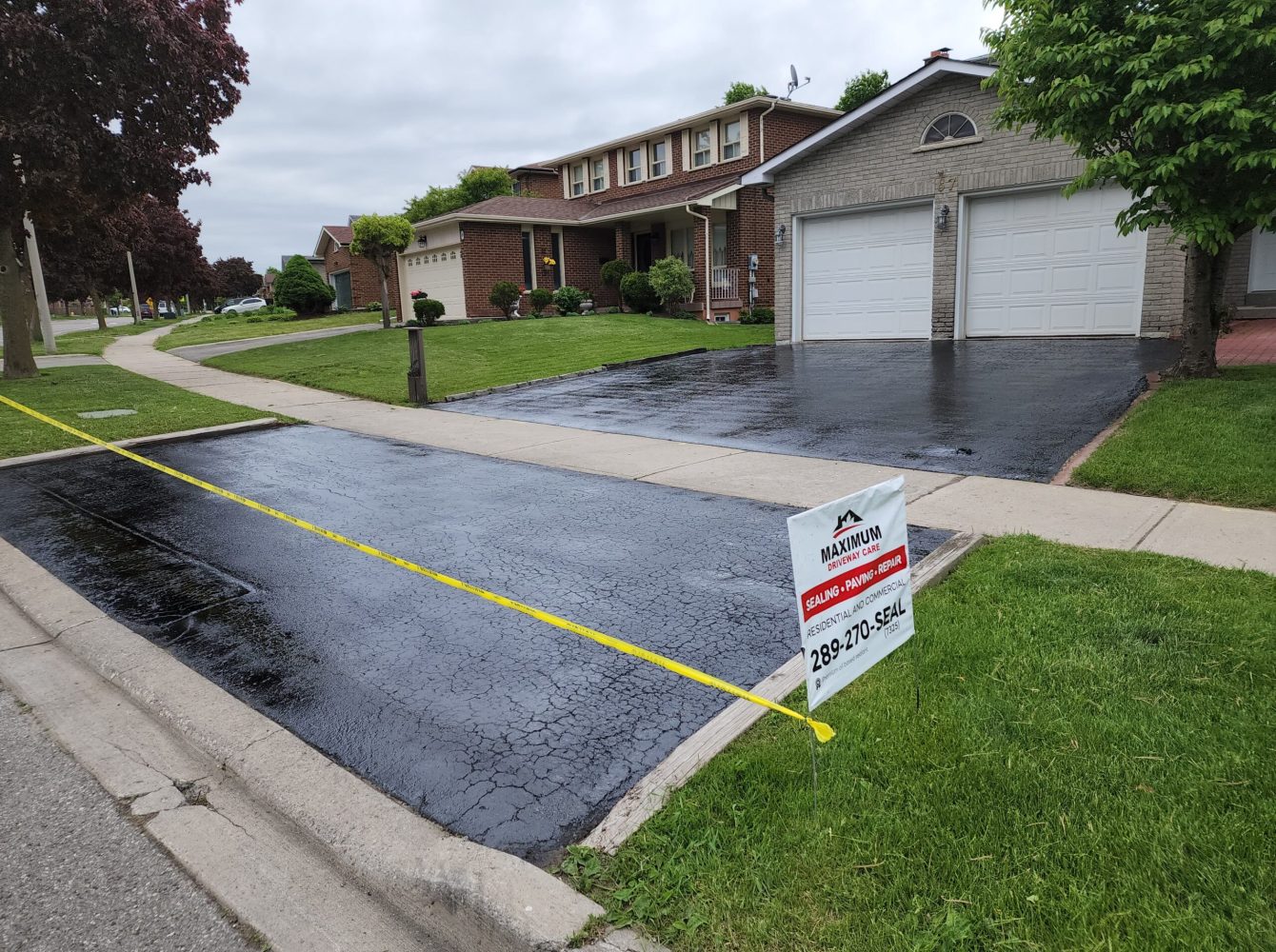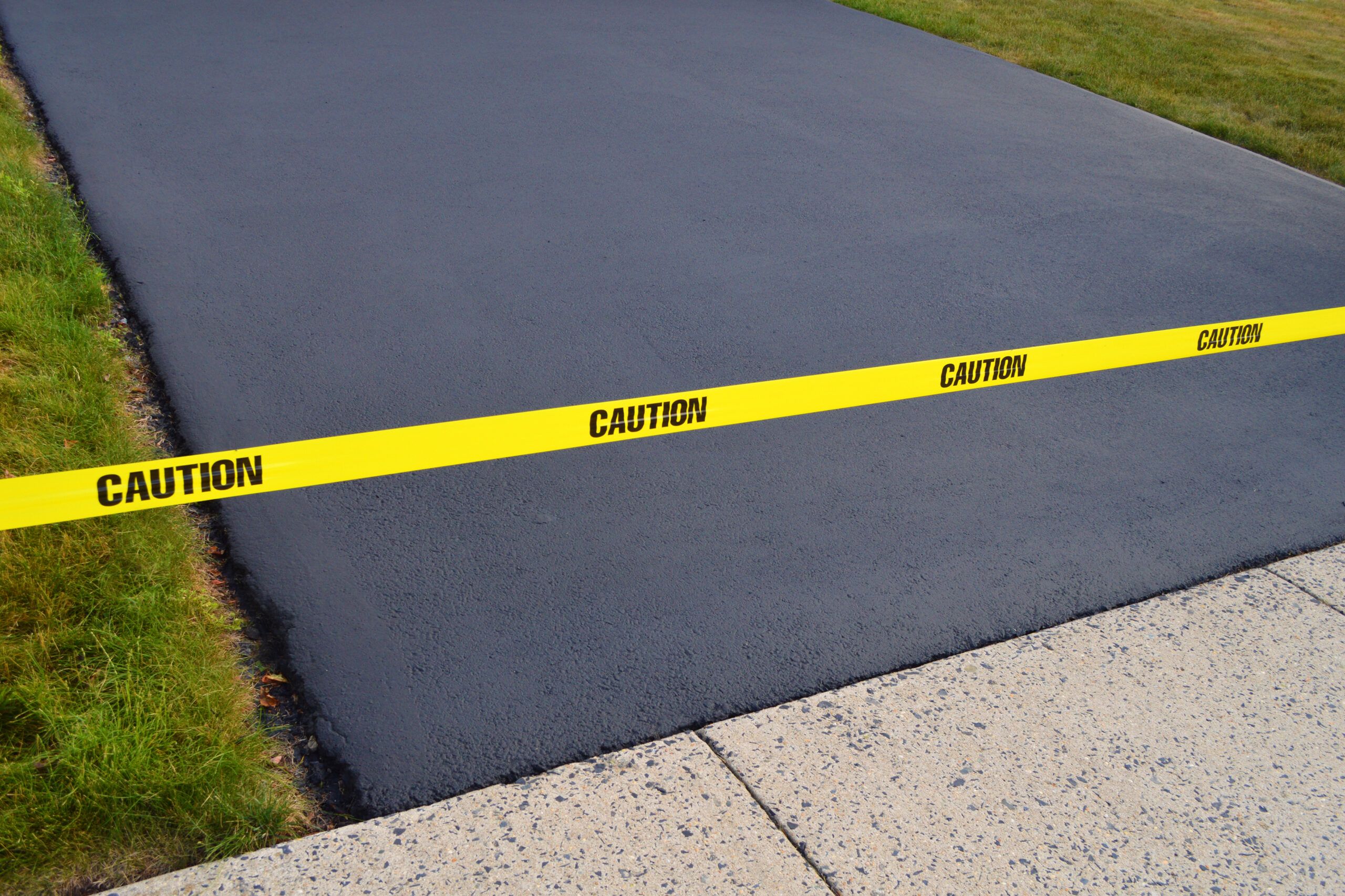Boost Sidewalk Efficiency: Cold Mix Asphalt Sealing Methods
Boost Sidewalk Efficiency: Cold Mix Asphalt Sealing Methods
Blog Article
Cold Mix Asphalt Vs. Hot Mix Asphalt: Which Is Right for You?

Structure Distinctions
Cold mix and warm mix asphalts vary significantly in their make-up, with distinct features that impact their efficiency and applications. Cold mix asphalt is produced by emulsifying the asphalt binder with water and an emulsifying agent prior to mixing it with accumulation. This method enables the asphalt to be practical at reduced temperature levels, making it ideal for temporary repairs and for use in colder climate conditions. Warm mix asphalt, on the various other hand, is manufactured at heats, typically between 300-350 ° F, which aids to accomplish much better compaction and a much more sturdy last product. The hot mix asphalt manufacturing procedure involves heating up the aggregate and asphalt binder individually before combining them at the asphalt plant.
Moreover, cold mix asphalt often tends to be much less dense and a lot more versatile than hot mix asphalt. This adaptability makes it far better suited for locations with higher degrees of movement, such as driveways or roadways with heavy web traffic. In contrast, warm mix asphalt is recognized for its high longevity and resistance to rutting and breaking, making it a preferred choice for freeways and high-traffic roadways where longevity is critical.
Installment Process Variances
The process of mounting chilly mix and warm mix asphalt displays noteworthy variations in their procedures and needs. In contrast, warm mix asphalt demands a much more intricate installation procedure. Due to the heating demands, warm mix asphalt setups are commonly carried out by professionals with specific tools, making sure a much more irreversible and structurally sound result.
Durability and Longevity Factors
When thinking about asphalt alternatives, longevity and longevity are essential variables to examine for long lasting pavement performance,. Warm mix asphalt (HMA) is understood for its phenomenal durability and long life. The heats during the mixing and laying process allow for better compaction, resulting in a denser and stronger pavement structure. This causes HMA being much more immune to rush hour loads, extreme weather condition problems, and the results of aging compared to cold mix asphalt (CMA)
In regards to long life, HMA commonly outperforms CMA due to its premium strength and resistance properties. HMA pavements have a longer life go to the website span, requiring less frequent repair work and maintenance, which can equate to set you back savings in the future. Furthermore, HMA sidewalks are extra quickly adjustable to satisfy specific project requirements, even more boosting their durability.
Price Factors To Consider
Taking into consideration the financial implications is an essential element when assessing the choice in between hot mix asphalt (HMA) and cold mix asphalt (CMA) for pavement projects. While the preliminary price of warm article source mix asphalt is generally higher than that of chilly mix asphalt, HMA commonly offers a much more affordable service in the lengthy run due to its premium resilience and durability.
In enhancement to material prices, it's vital to consider the costs linked with setup and maintenance when contrasting HMA and CMA. Ultimately, the choice in between HMA and CMA ought to take right into account not simply the initial price but likewise the lasting financial ramifications to establish the most affordable choice for the specific pavement job.
Environmental Influence Comparison
Comparison of the environmental impacts between warm mix asphalt (HMA) and cold mix asphalt (CMA) discloses distinctive distinctions in sustainability techniques. HMA manufacturing calls for high temperature levels, leading to boosted power usage and greenhouse gas discharges.
In addition, the usage of CMA often involves recycling existing asphalt pavement, promoting resource conservation and decreasing the amount of waste sent to garbage dumps. This recycling aspect even more improves the sustainability of CMA compared to HMA. Overall, when taking into consideration the ecological influence, CMA becomes an extra eco lasting option because of its lower power requirements, minimized discharges, and the potential for reusing existing materials. By selecting CMA over HMA, roadway building and construction jobs can read what he said contribute favorably to environmental conservation initiatives.
Verdict
To conclude, the choice between cool mix asphalt (CMA) and hot mix asphalt (HMA) depends upon numerous elements such as make-up, installation process, durability, durability, price, and environmental effect. asphalt repair. While CMA offers a cost-effective and quick option for small repairs, HMA guarantees remarkable durability and longevity for rush hour locations. Take into consideration these factors thoroughly to figure out which kind of asphalt is the right choice for your paving needs

Taking into consideration the economic ramifications is a vital facet when assessing the selection between hot mix asphalt (HMA) and cool mix asphalt (CMA) for sidewalk projects. While the preliminary price of hot mix asphalt is normally greater than that of cold mix asphalt, HMA often supplies an extra cost-effective service in the lengthy run due to its premium resilience and durability. cold mix asphalt.Comparison of the environmental effects in between warm mix asphalt (HMA) and chilly mix asphalt (CMA) exposes distinctive distinctions in sustainability practices.In conclusion, the option between chilly mix asphalt (CMA) and warm mix asphalt (HMA) depends on numerous variables such as composition, installation process, sturdiness, long life, price, and ecological influence
Report this page